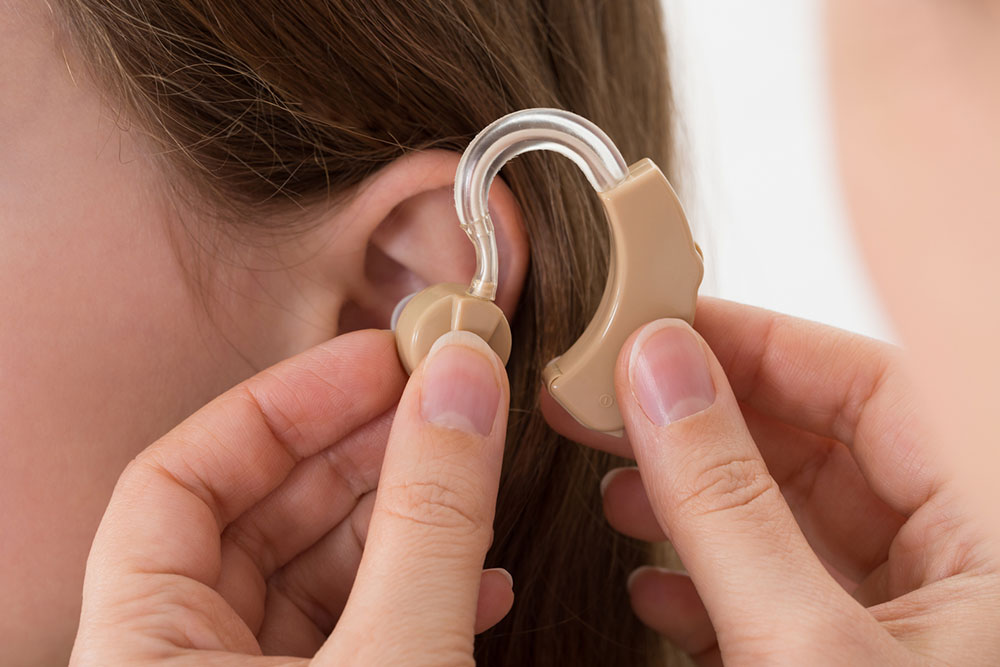7 mistakes new hearing aid users should avoid

Hearing aids can be life-changing devices for individuals with hearing loss. However, those new to using these devices may find it challenging to navigate the complex functions of hearing aids. In doing so, one may make certain mistakes that could not only hinder the effectiveness and longevity of the hearing aids but could also impact the overall quality of the hearing experience. Here are a few common mistakes that new hearing aid owners must avoid:
1. Not wearing them regularly
One of the most common mistakes new hearing aid owners make is neglecting to wear hearing aids regularly. Individuals may find it hard to adapt to hearing aids at first, so they might avoid wearing them. However, it is crucial to wear hearing aids regularly because one will only get accustomed to wearing them after frequent usage. Frequent usage will also familiarize individuals with hearing aid functions.
2. Not giving them the time to adjust
As mentioned before, it may take some time to get used to using hearing aids. Many new users make the mistake of expecting immediate results and comfort and are disappointed. However, they must understand that wearing a new gadget takes time. Along with that, getting adapted to processing new sounds may also take time for some individuals. Hence, they must realize that patience is essential regarding hearing aids.
3. Not reading instructions before using
Understanding the functions of a new device can be challenging. This also holds for hearing aids. This is why, when using hearing aids for the first time, individuals must adhere to the instructions in the user manual. Neglecting to read the instructions can lead to improper usage and suboptimal performance. So, one must take the time to familiarize themselves with the features, controls, and maintenance guidelines of hearing aids before using them.
4. Not making the required adjustments
Hearing aids come with customizable settings and volume levels, as each individual may have different needs in terms of auditory levels. Along with personal needs, these adjustments are also helpful to accommodate different environments. Failing to understand and make these necessary adjustments, such as volume or program settings, can result in ineffective usage and dissatisfaction. One can consult their audiologist to ensure hearing aids are adjusted to their needs.
5. Not cleaning the hearing aids regularly
Proper maintenance and cleaning are essential to ensuring the longevity and effectiveness of hearing aids. During regular use, hearing aids can collect earwax and debris, which, if left uncleaned, can lead to malfunction. Thus, one must regularly clean their hearing aids using the recommended tools and methods to ensure they function optimally.
6. Not maintaining and storing them properly
Besides regular cleaning, hearing aids also require proper maintenance. This includes turning them off when not in use, storing them in a safe and dry place, and protecting them from moisture. Neglecting these aspects can lead to malfunctions and hinder the effectiveness of the hearing aids.
7. Missing out on new features
With ever-evolving technology, one must keep updated with the latest improvements in hearing aids. By staying informed about the new features and updates in hearing aids, one could choose newer devices to enhance their hearing experience.






